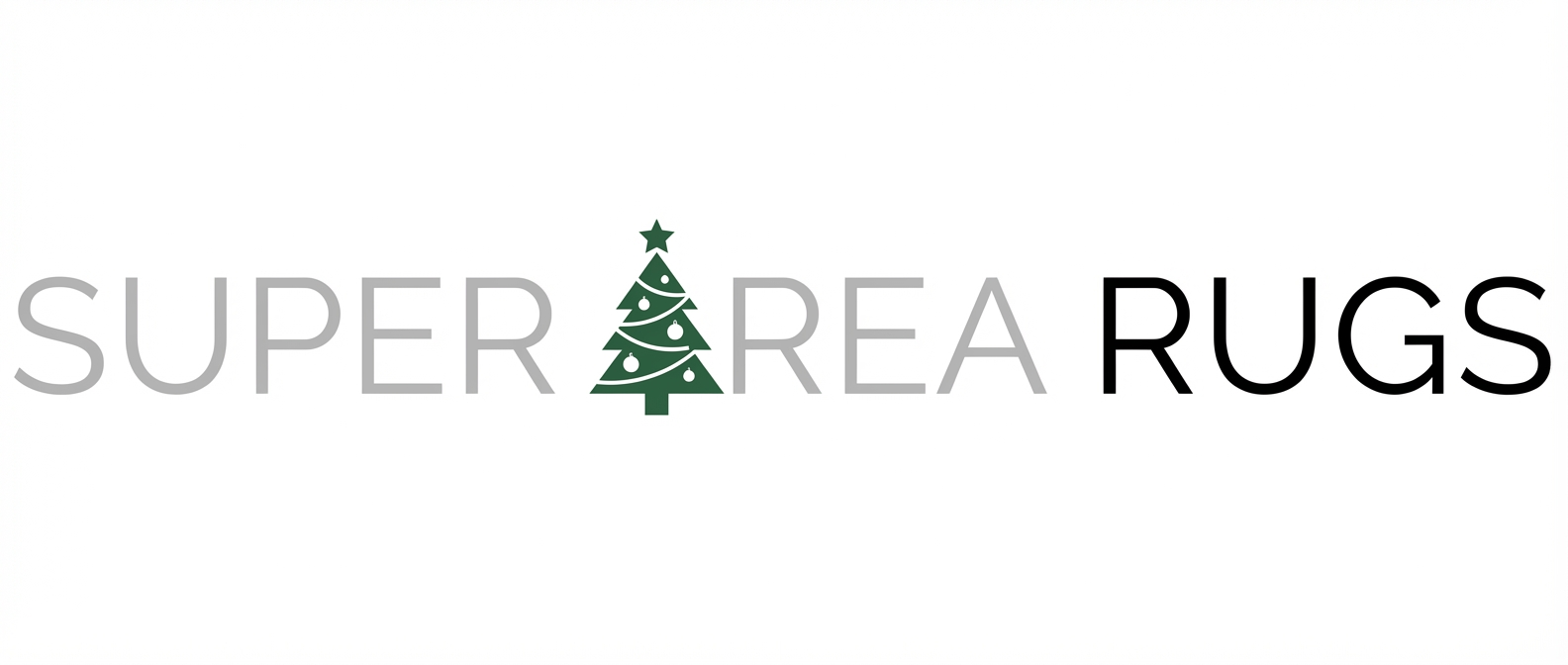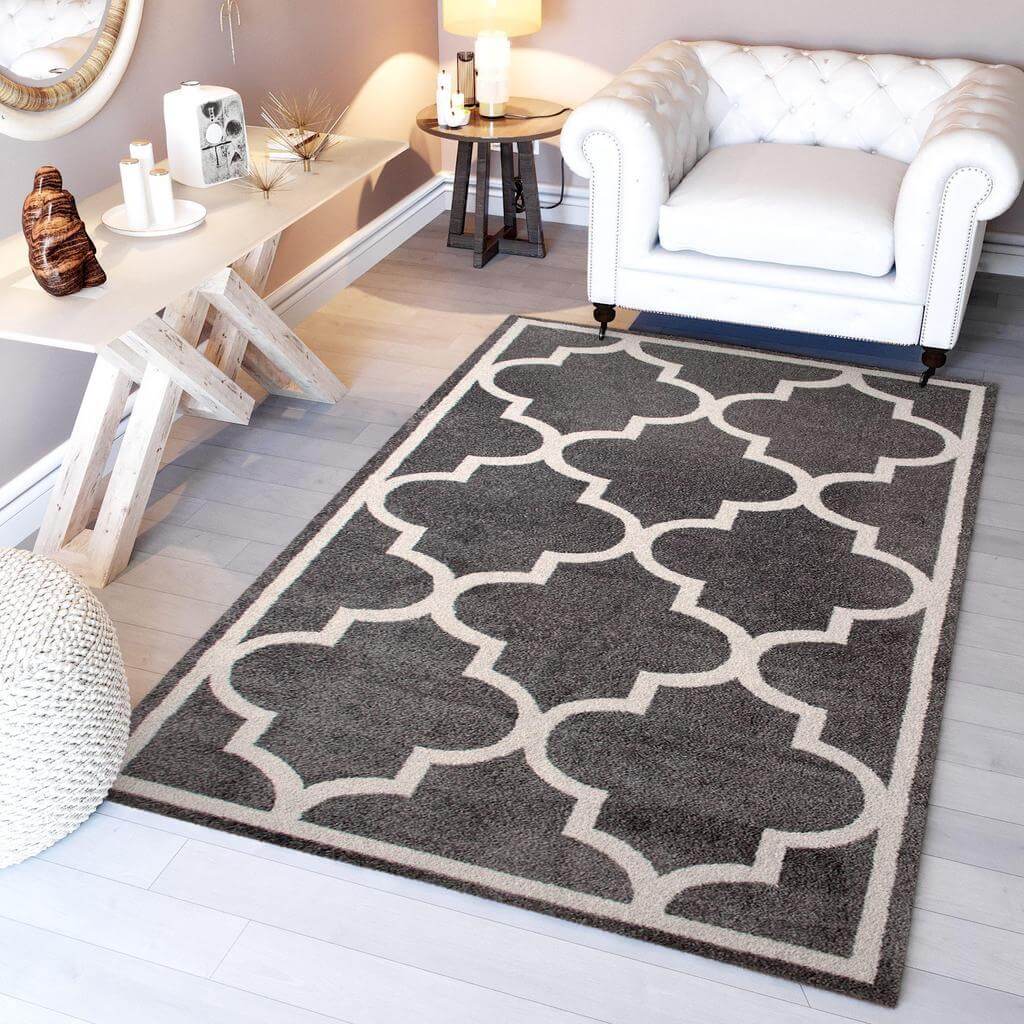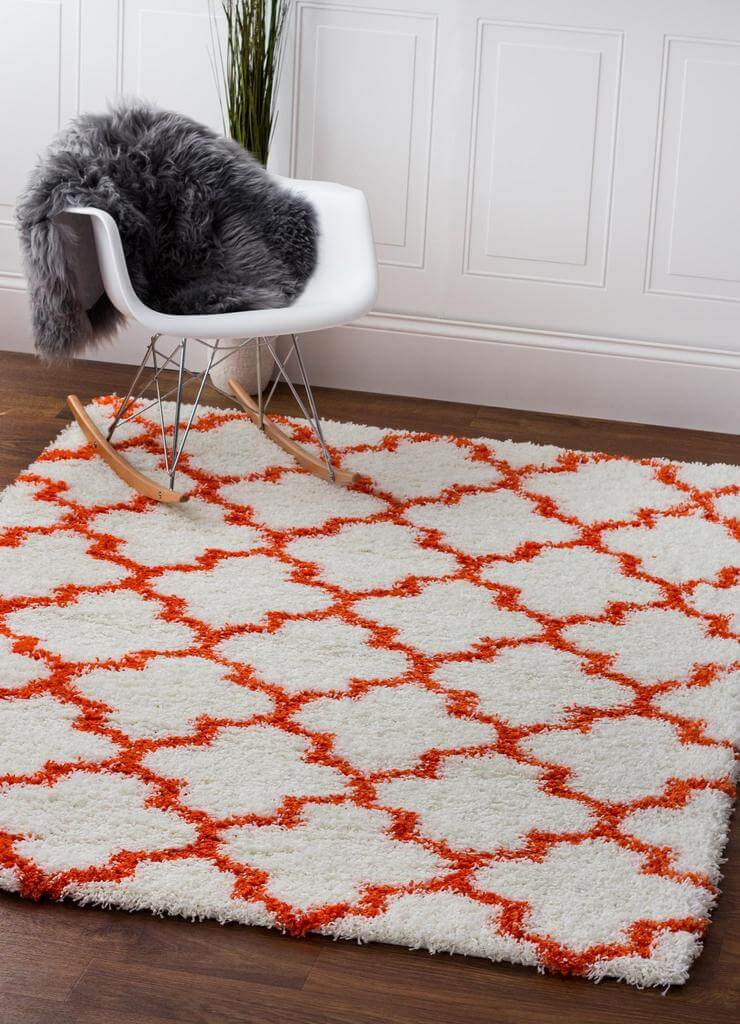
Understanding Color Theory - How To Pick The Right Color Rug
We recently shared about how to understand your room’s size and purpose to pick the perfect area rug. After you have done that, for many, the next step is determining the ideal primary color or color pallette that they want to look for when shopping for area rugs.
Understanding a room’s purpose and how it will be used can help to create a theme of design and inspiration. In many ways, the perfect area rug will become the base that ties it all together. Understanding color theory will help to learn about the ways that color evokes emotions and utilizing this knowledge to choose the perfect color area rug.
Color is all around us and it’s one of the beautiful elements of life that connects us with all around us. We utilize color to differentiate between objects, actions and more. Green means Go, Read means Stop. Yellow means, Caution, Hurry Up, and a range of undefined other actions for those of us who have driven in New York. The colors around us spur emotions that we associate with various places or things and are the bookmark we hold for memories in the future too.
For Interior Designers, color is not only a visual reference but also an emotional conduit to a room and space. Many of us have rooms in our home that we absolutely love, with colors we have chosen for one reason or another. Little do we understand the why of these colors we chose and the feelings we have in those areas. Having a basic understanding of color theory will help you narrow your focus on a color palette to match your theme wonderfully and choose the perfect area rug for you.
The Color Wheel
To begin our understanding of color and how various colors relate to one another, it is beneficial to understand how colors are formed and the color wheel.

The color wheel is a visual representation of the colors that we see throughout our world. These colors are broken down into three categories too; Primary, Secondary, and Tertiary colors.
Primary colors are the three base colors that will form any other color, of any variety, that you can imagine. These three primary colors are Red, Blue, and Yellow. If that’s enough for you to get started, you can head over and check out our Red Rugs, Blue Rugs, and Yellow Rugs in their individual collections all created with each of those primary colors as the base focus.
Secondary colors are colors that are formed when two primary colors combine. These can vary depending on the combination and composition of the primary colors that have blended. This is where additional familiar colors can start to develop and those three secondary colors of rugs are Green Rugs, Purple Rugs, and Orange Rugs.
Beyond primary and secondary colors are tertiary colors. These are colors that are created by combining a primary and secondary color, and where we begin to really see a wide variety of colors and hues to emerge. Burgundy Rugs, Gold Rugs, Pink Rugs and more are all examples of these tertiary colors.
Using the Color Wheel as Your Guide
As a guide you can see the basic relationship between colors across the color and rainbow spectrum which can help us begin to understand why some colors work together, and others clash, all with three basic color schemes.
Complimentary colors are colors that can be reached by drawing a straight line between two different colors on the color wheel. Yes, it’s that simple BUT it must be a straight line! A great example of this is the line between Red and Green, often associated with holiday decor.
Analogous colors are colors that reside alongside each other on the color wheel. They are within a similar spectrum but offer variety with the range of variations that can exist.
Triadic colors are three colors that are evenly spaced in a triangle on the color wheel, and when combined, generally work very complimentary.
Using Color To Evoke Emotion
Now that we understand which colors work together, we can rely back on that after understanding the emotion that colors create, as well as the emotions and mood you want your space to invoke.
The color wheel can be split in many ways between two types of colors, cool and warm colors. At the most basic sense, they either make use feel hot or cold, warm or cool in both a physical and emotional sense.
Cool colors include Blues, Greens, and Purples that tend to make us feel more relaxed and at ease. These colors are often associated with nature, the outdoors, from forest floors to ocean seas. All areas that are tranquil and at peace. These colors work wonderfully in areas intended for rest or relaxation like a bedroom or living room space.
Warm colors include Reds, Yellows, and Oranges that make us feel energy and warmth. These colors are often associated with the sun, fire and the heat of our lives. These colors are often used in spaces that inspire activity or convey a sense of energy.
Shades, Tints and Tones
The color wheel above displays 12 basic colors. In addition to those colors, shading, tint and tone are principles that also help change a color. A Shade of color just means it has black added, a Tint of color has added white, and a Tone of color has added gray. This leads to nearly endless variations and ranges from simple base colors.
A deeper Shade of blue will be darker whereas a lighter Tint of blue would be lighter and more bright.
In the end, do what you feel. These are color concepts and base knowledge to help you on your journey, but the beauty of design and creativity is just that, creating. Don’t be afraid to create color combinations or palettes that work you for even if they go against the grain or traditional color principles.
Also remember that you don’t ever have to just have a single color rug! Our Bohemian Area Rugs and many other designs feature not one or two colors but anywhere from five, ten and even twenty different color variations.


